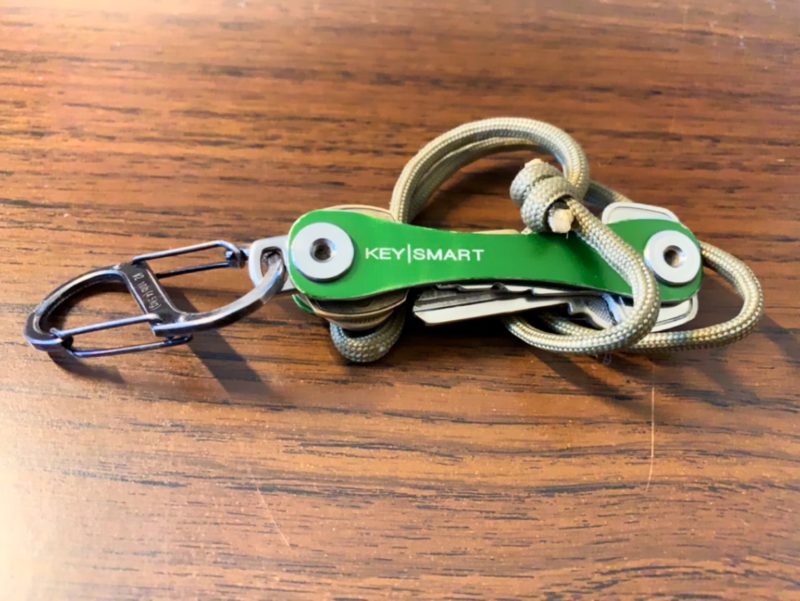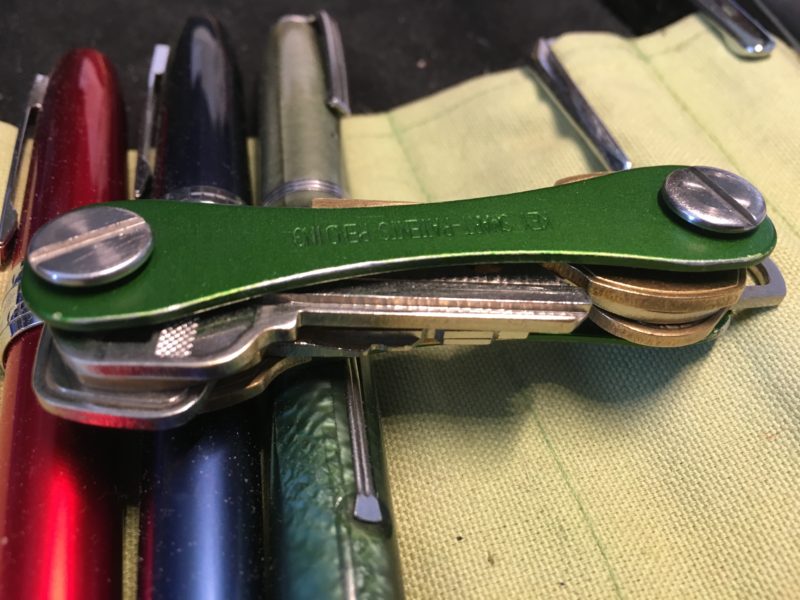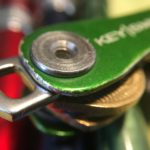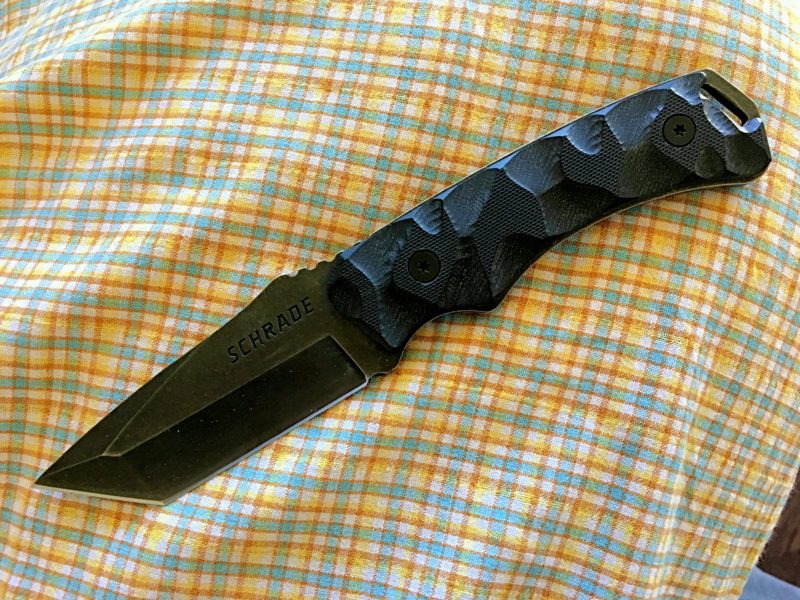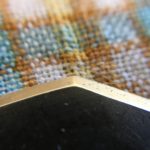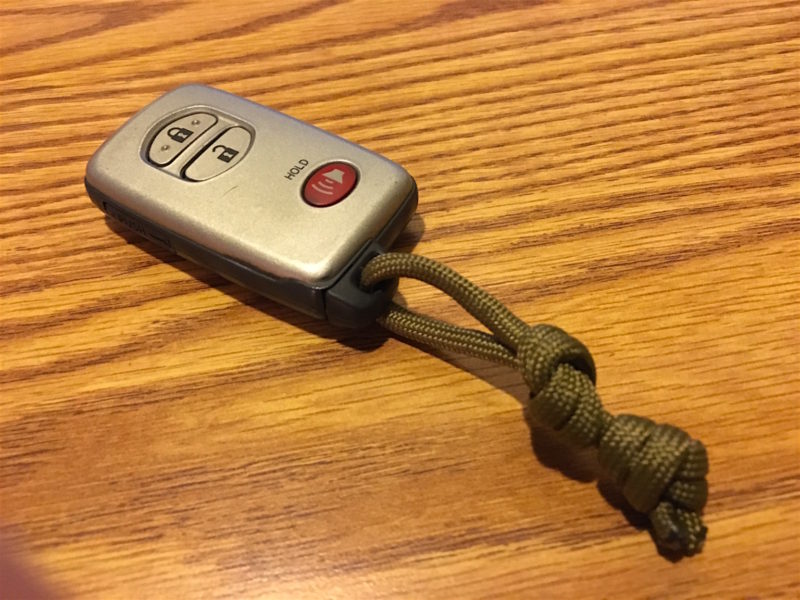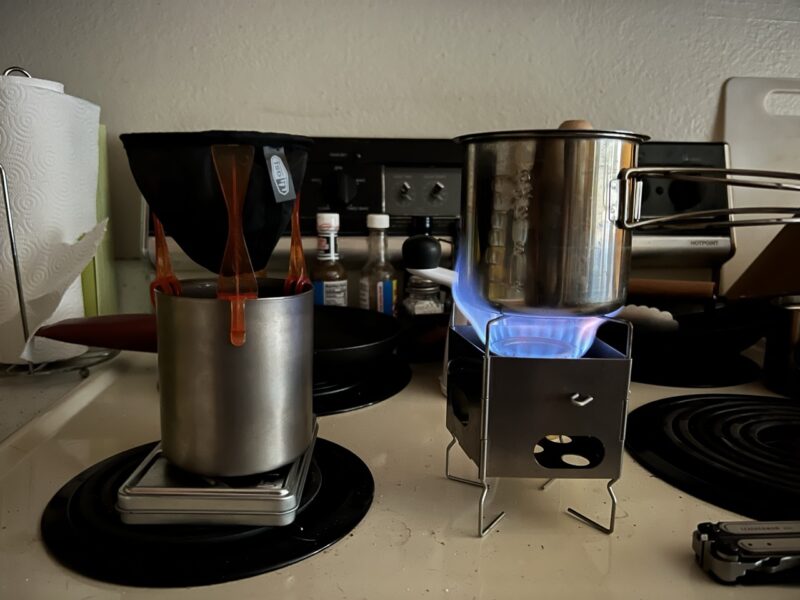
Yeah, I probably used this image once already. Bear with me.
I am awake a little early this morning. A dream woke me; now it is gone. I started my morning regimen and decided to get in another repetition with my field coffee kit. So I set up the Firebox Nano 2.0 Titanium, Trangia alcohol burner, heating cup, coffee filter, and my new double-walled Snow Peak titanium mug. I lit the stove with a ferro-chromium fire starting rod and a Morakniv Garburg field knife.
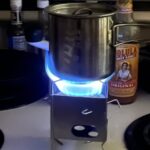
But I digress — the kit went together smoothly this morning. The additional reps with the little stove are good as I my setup is improving. The burner lit readily with a few strikes from the ferro-rod, while the burner bloomed, I readied the cup and coffee in my grinder.
Two cups of water took about four or five minutes to boil. That is not bad. There is plenty of fuel in the burner to prepare two more cups. I also have a small fuel bottle that will refuel the burner a half-dozen times, or more.
I ground my coffee using the Aergrind I have in the house. I have another to put in the camper and will pull the Porlex ceramic grinder for the field when I do. I also reheated the mug with a little hot water. But there is not much thermal mass in the mug.

The little coffee filter works fine. I use a fairly fine grind for my brew and I do not have a lot of sediment in the mug.
I have a dyneema bag on the way to hold my kit. I will carry this in the field a few times and use it to make coffee (or tea) for a few more reps. The little kit will work. I am pleased.
N.B. I offer a hat time to Thomas Witherspoon for some insight into his field coffee kit that was my model. In fact, he has done a good job of describing the contents of his pack(s) that is informative to those building radio field kits for SOTA/POTA.
